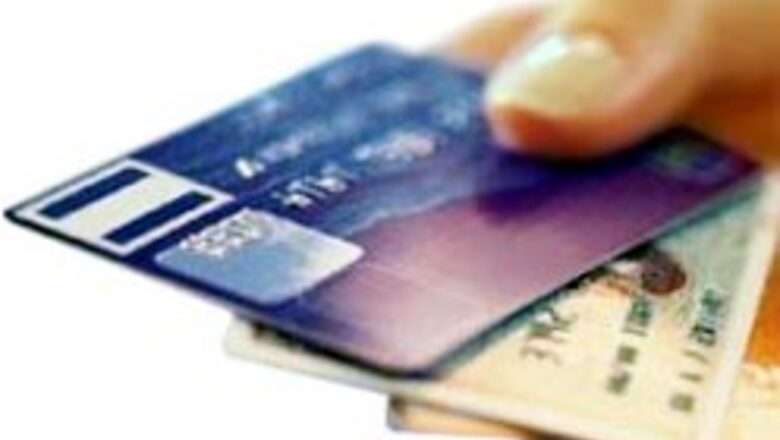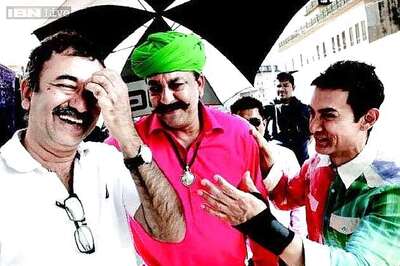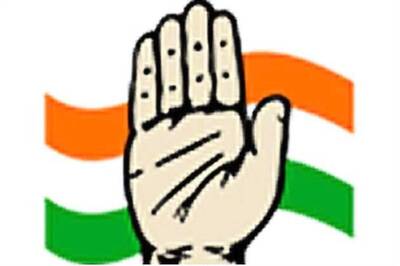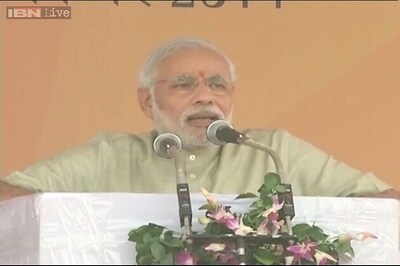
views
Mumbai: Supratik Chakraborty, received a credit card bill of about Rs 1,20,000, all spent on buying as many as 22 air tickets in just 30 minutes. This young IIT Powai computer science professor was billed for 21 Kingfisher Airlines tickets and a Spice Jet ticket bought on September 29, a purchase, he says, he never made. To make it worse, no one at his bank found this unusual.
A shocked Chakraborty says, “What is more suspicious is that more than a lakh worth of transactions took place within half an hour and no alert was sent from Citibank. The very next day they sent me a mail asking whether they can increase my credit limit.”
But what does it take for a fraudster to commit an online fraud using a credit card? Only the sixteen digits and the Card Verification Value (CVV) number on the back of the credit card, which are easily accessible. The big question is what is the need to print this CVV number on the credit card? Banks say the CVV number is needed to ensure the customer actually possesses the card while making the purchase.
In reality, anyone can quickly note the digits on your card and make it his own at least on the internet. With online shopping sites not asking for a second factor identification, the chances of fraud are very high.
Says G Sivakumar from IIT Mumbai, “The second factor identification should ask for information which is known only to the consumer. Giving all information on the card is not advisable.”
Interestingly, online purchases with a debit card are much safer because transactions take place on the bank's website rather than the merchant's. Banks always ask for a customer identification number and the netbanking password which is only known to the customer.
Chakraborty is one of four such victims from Powai alone and although his loss is protected by Citibank, cases like these are now one of the biggest headaches for credit card companies.




















Comments
0 comment